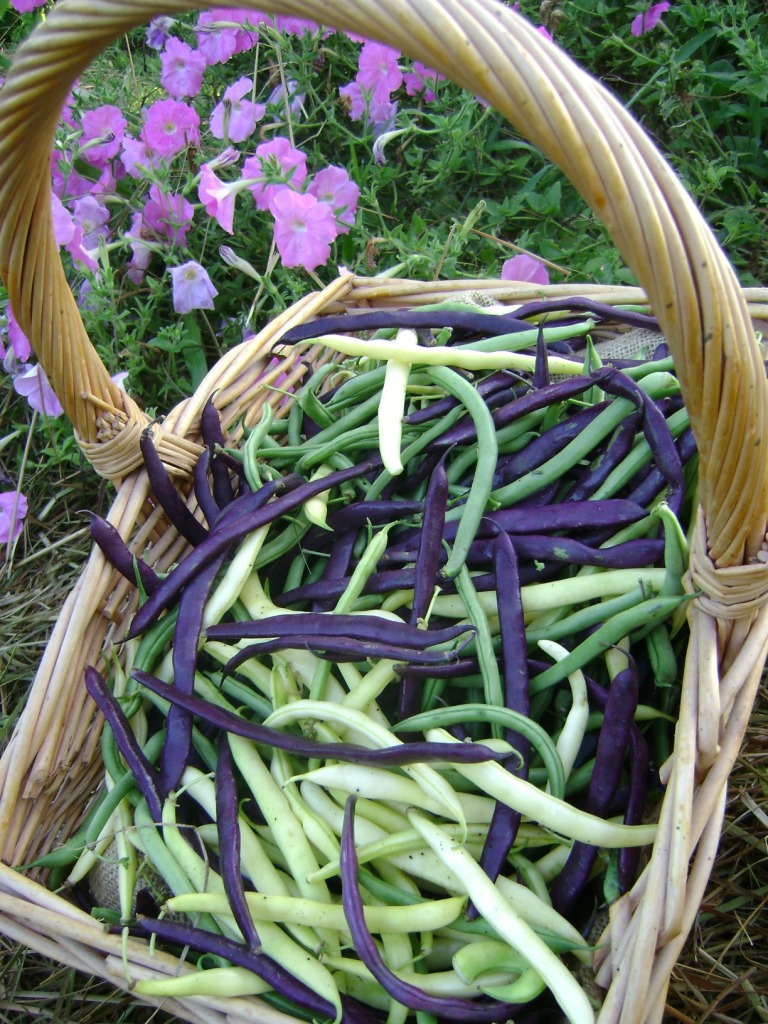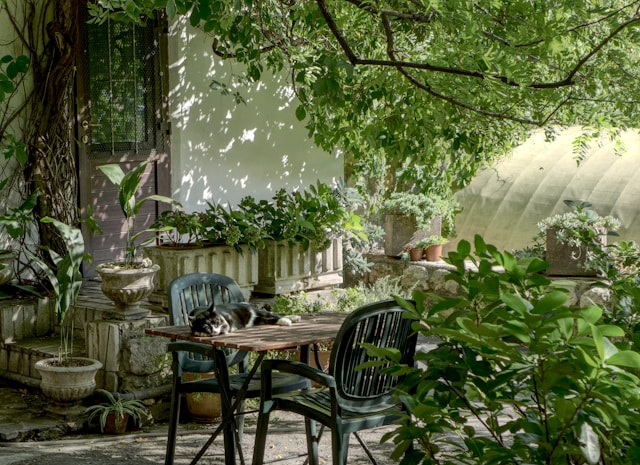History and Heritage
If we think of an heirloom garden in the same way as we would a family heirloom or treasured antique passed down through generations, one that has been kept in the most pristine conditions, unhampered in its original state then you will begin to understand a little about heirloom gardening and heirloom varieties.
We will need to keep in mind that the family heirloom may not be worth a hill of beans to anyone else except to you and your family. Perhaps the treasure once belonged to your great great grandmother and doesn’t necessarily obtain any great monetary value.
Even if the heirloom did have value, you and I both know that if the heirloom should be damaged or even worse, lost or stolen, it could never be replaced or duplicated. As well it would never be the same one that was passed down to you, touched and cared for throughout your families history.
As with heirloom plants, trees, fruits, flowers and herbs, many varieties date back centuries. Once they have been damaged or lost they can never be replaced. Many have already been lost forever for many different reasons. Some of the loss may be due to man trying to improve upon the variety and replaced them with hybrid types. Another reason may be due to the loss of small farms and backyard gardeners.
Heirloom Diversity
Allow me to take you a step further by understanding Diversity. In gardening terms, it simply means a vast variety of different species within the same species.
Take my photo of heirloom beans in the basket above for example. For many people, a green or perhaps yellow bean may sound quite normal. But for many folks, a purple bean sounds outrages.
For most gardeners who are familiar with heirloom varieties, know that purple beans are not just beautiful but downright delicious.
What is even more exciting is that my green, yellow and purple beans barely touch base on how many hundreds more different varieties of beans there actually are in the world.
Native Heirloom Dry Beans in many colors and sizesWhy Grow Heirlooms?
Health and Flavor might be two of the strongest reasons and in many more ways than one. The health that the heirloom presents passes on to humans because heirlooms contain a much higher vitamin content than those present in modern hybrid varieties.
A leading biochemist, Dr. Donald Davis from the University of Texas, along with his team of researchers studied 43 different garden crops dating back to 1950 for their nutritional value compared to the cultivated crops grown today. Some of the results showed that 6 out of 13 important nutrients have shown a significant decline.
The health that heirlooms present to our environment are that these varieties actually prefer organic growing methods. I guess it could be said that by eating fewer chemicals they would again have a greater benefit to human health as well. Fewer chemicals, of course, will mean healthier water, soil, and air for everyone.
All heirlooms and native varieties also provide more nutrients for our wildlife and livestock as well. As with many hybrid types, most of the nutrients have been bred out of the plant.
I truly believe that many people have quit eating many fresh fruits and vegetables because they don’t taste good to them these days. Again, it wasn’t just the health benefits that have been lost with hybrids, they’ve lost their flavor as well.
By growing heirlooms in your landscape and garden, you not only get to reap the benefits from them for yourself but you also have a chance at preserving them for future generations as well.
Saving Heirloom Seeds
Heirlooms are not any harder to grow than the hybrids you’ve been buying from your local nursery. They are actually easier to grow!
The reason for this is because heirlooms become accustomed or acclimated to your very own yard. They begin to thrive in your soil, climate and growing conditions. Each year you save seeds from the healthiest plants and replant the next year, the stronger and healthier they become.
Saving seeds is not difficult either. It is just a matter of learning the techniques for the different types of plants species. For example, many seeds are saved by simply removing them from very ripe vegetables, cleaning and laying out to dry.
Other species may need to be fermented in a little water for a day or two and then laid out to dry. Seeds can be saved from some plants by simply hanging the whole plant in a dry place to dry naturally.
An important thing to understand about heirloom plants is that they are all that is called open pollinated. What this means is that the plants are pollinated naturally by the wind or insects. The seeds saved from these plants will grow back to be true to type, just like their parents.
There are many open-pollinated varieties, but not all are considered to be heirlooms. Remember, heirlooms have historical value, much like what Thomas Jefferson grew in his Historical Garden at Monticello.
The Seed Savers Exchange offers very helpful information for beginning and novice seed savers and how to begin. There are many resources online as well as many wonderful books written on the subject. Happy Gardening!
- Wild Dagga Motherwort Medicinal Herb - November 11, 2013
- Grow The Best Organic Lettuce - November 4, 2013
- Amish Hot Pepper Mustard - October 23, 2013


Heirloom only refers to age Hybrids can be over 100 years old. They would have to define much more clearly to qualify their results. Hybrids developed for home gardens I believe would score high as long as they were grown in a healthy soil. Tomatoes are very sensitive to changes in soil as it relates to taste & quality. I grow Tomatoes with excellent flavor they are a combination of Open Pollinated Heirloom, Hybrid Heirloom & Hybrid. Careful consideration is given to the soil to get consistent results. As far as Taste their is terrible tasting Heirlooms & Hybrids out there. I have a permanent list of the best tasting that I grow every year & I test 1 or 2 varieties each year that I have not grown before over the last 40 years. Not everything is Black & White.
Thanks George! I certainly appreciate your input indeed and have to agree that you have hit the nail on the head in your reference to soil conditions. It is always fun to meet someone who appreciates heirlooms as much as we do. I love that you continue in efforts of testing new varieties each year. We do the same and I truly believe the importance of doing so. You must admit that we can continue the diversity of every color in between the black and white that today’s unfortunate consumers of supermarket varieties consist. Garden on my friend!! 😉